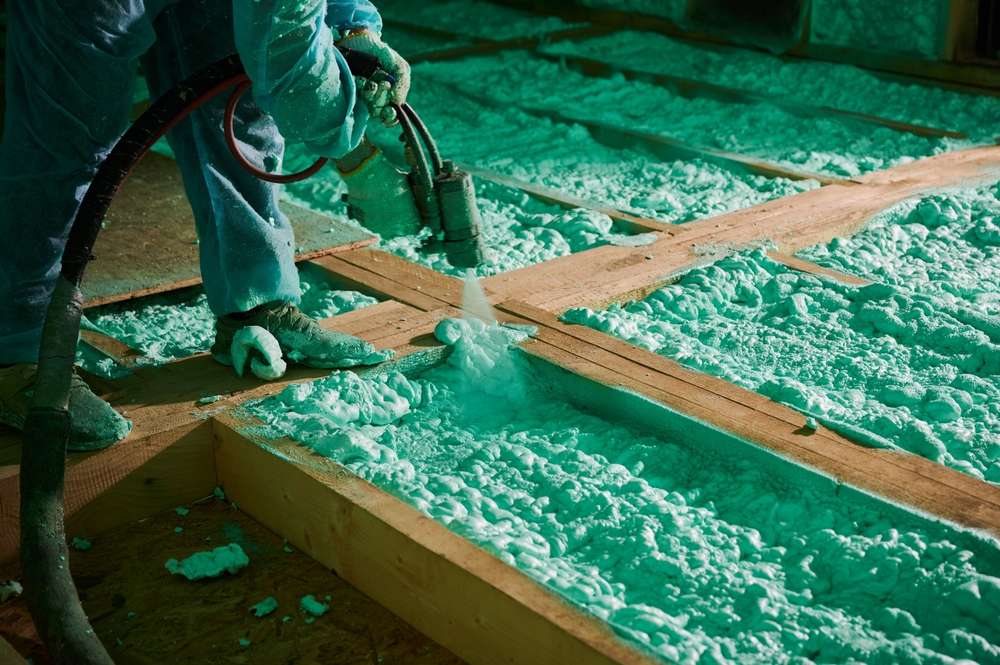Best Window Replacement Options 2025 United States: Energy Efficiency Benefits Explained
Windows can be a major source of home heat loss and gain. Upgrading to energy-efficient, ENERGY STAR–certified windows in 2025 can improve comfort, lower utility bills, and boost home value. This article reviews top replacement options, materials, certifications, and installation tips.

Understanding the Importance of Energy-Efficient Windows
Windows are a crucial element in a home’s energy performance. Old or poorly insulated windows allow drafts, heat loss in winter, and excessive heat gain in summer, causing heating and cooling systems to work harder. ENERGY STAR certified windows are specifically designed to reduce this energy waste based on the climate zone where they are installed across the United States.
Replacing inefficient windows with ENERGY STAR certified models can reduce annual energy costs for many homeowners—actual savings depend on climate, the type and condition of existing windows, and the new windows’ performance. These savings come from advanced technologies such as improved insulation, low-emissivity (Low-E) coatings, multiple glass panes, and gas fills between panes.
Top Window Materials Balancing Efficiency, Durability, and Cost
When considering window replacements in 2025, material choice is a key factor influencing energy efficiency, maintenance, durability, and aesthetics:
-
Vinyl Windows
Vinyl is the most popular replacement window material due to its strong weather resistance and minimal maintenance requirements (no painting or staining needed). Vinyl windows perform well in wind and rain resistance tests, often exceeding more expensive wood windows in durability. Limited color and hardware options may be a consideration. -
Composite Windows
Composite frames blend wood fiber and thermoplastic resins to deliver a wood-like appearance while being more cost-effective and weather-resistant than solid wood. These windows offer a good balance between aesthetics, insulation, and affordability. -
Wood Windows
Wood frames provide premium visual appeal and excellent natural insulation properties but require regular upkeep to maintain their integrity against weather exposure. Wood windows in the United States can be ideal if aesthetic quality is a priority and maintenance is feasible.
Choosing the best material depends on your budget, climate considerations, and desired style. In harsher climates, durability and weather resistance are critical for long-term energy efficiency.
ENERGY STAR Certification: Why It Matters in the United States
ENERGY STAR certified windows meet stringent performance criteria tailored to U.S. climate zones—Northern, North-Central, South-Central, and Southern regions—to optimize heat retention or block solar heat effectively. By selecting windows rated for your region via tools like the ENERGY STAR Climate Zone Finder, homeowners can ensure maximum comfort and energy savings.
Key benefits of ENERGY STAR certified windows include:
- Reduced heat transfer through improved insulation and coatings
- Solar heat gain control to address cooling costs in warmer climates
- Reduced drafts and improved humidity control
- Noise reduction and UV protection to preserve interior furnishings
These windows undergo independent verification to meet or exceed efficiency standards, providing homeowners with confidence in performance.
Federal Tax Credits and Incentives for Energy-Efficient Windows (2025)
In 2025, federal and local incentives may be available to help offset the cost of energy-efficient window upgrades. Federal incentives under laws such as the Inflation Reduction Act have included credits for qualifying energy-efficiency improvements, but program details—such as eligible products, percentages, caps, and whether installation costs qualify—can change over time.
Homeowners should:
- Verify current federal tax-credit rules with the IRS or a tax professional.
- Confirm whether a specific window product is eligible (look for ENERGY STAR qualification and any program-specific product lists).
- Check for additional state, local, or utility rebates that can stack with federal incentives.
Note: many programs focus on materials and eligible products; some exclude installation labor. Always confirm program rules before purchase.
Maximizing Benefits with Proper Installation and Planning
Window replacement effectiveness depends heavily on quality installation. Poor installation can lead to air leaks and diminished energy savings:
- Only hire trained or manufacturer-certified installers familiar with energy-efficient window requirements.
- Confirm that your contract details window specifications including brand, model, U-factor, and Solar Heat Gain Coefficient (SHGC).
- Inspect ENERGY STAR labels upon installation to confirm compliance.
- Plan projects with at least 8–10 windows if possible to reduce contractor fees associated with small jobs.
Choosing the right contractor and clear communication about product features ensure you reap maximum energy efficiency, durability, and comfort.
Additional Advantages Beyond Energy Savings
Replacing windows can also improve:
- Safety and functionality: New windows restore ease of opening and secure locking mechanisms.
- Home aesthetics: Modern energy-efficient windows come in various styles and finishes, boosting curb appeal.
- Comfort: Minimized drafts and better humidity control contribute to a healthier indoor environment.
- Noise reduction: Enhanced insulation impacts outside noise, improving the living experience.
- UV protection: Low-E coatings block damaging ultraviolet rays, protecting furniture and flooring.
These features contribute to higher home values, with window replacements typically retaining a substantial portion of their cost at resale.
How to Approach Your Window Replacement Project
When planning a window replacement project in 2025 in the United States, consider the following advice:
- Research and compare product options certified for your specific climate zone.
- Obtain multiple detailed estimates including all warranty information (product, glass, and installation).
- Check for available rebates from local utilities or state programs alongside federal tax incentives.
- Ensure your installer provides proof of ENERGY STAR certification on installed windows.
- Consider financing options if needed to spread project costs responsibly.
With well-informed choices, window replacement becomes both an energy-smart upgrade and a long-term investment in home value and comfort.
Disclaimer: Prices, tax credits, and availability of energy-efficient windows vary by region, dealer, and current promotions. The federal tax credit discussed applies to window materials only and not installation costs. Homeowners should verify all incentives and product certifications with local dealers and professionals to ensure eligibility.
Sources
- Consumer Reports, “Best Replacement Windows of 2025” — consumerreports.org
- ENERGY STAR, “2025 Windows Messaging Document” — energystar.gov
- Smardbuild, “Understanding the Tax Credits for Window Replacements in 2025” — smardbuild.com




